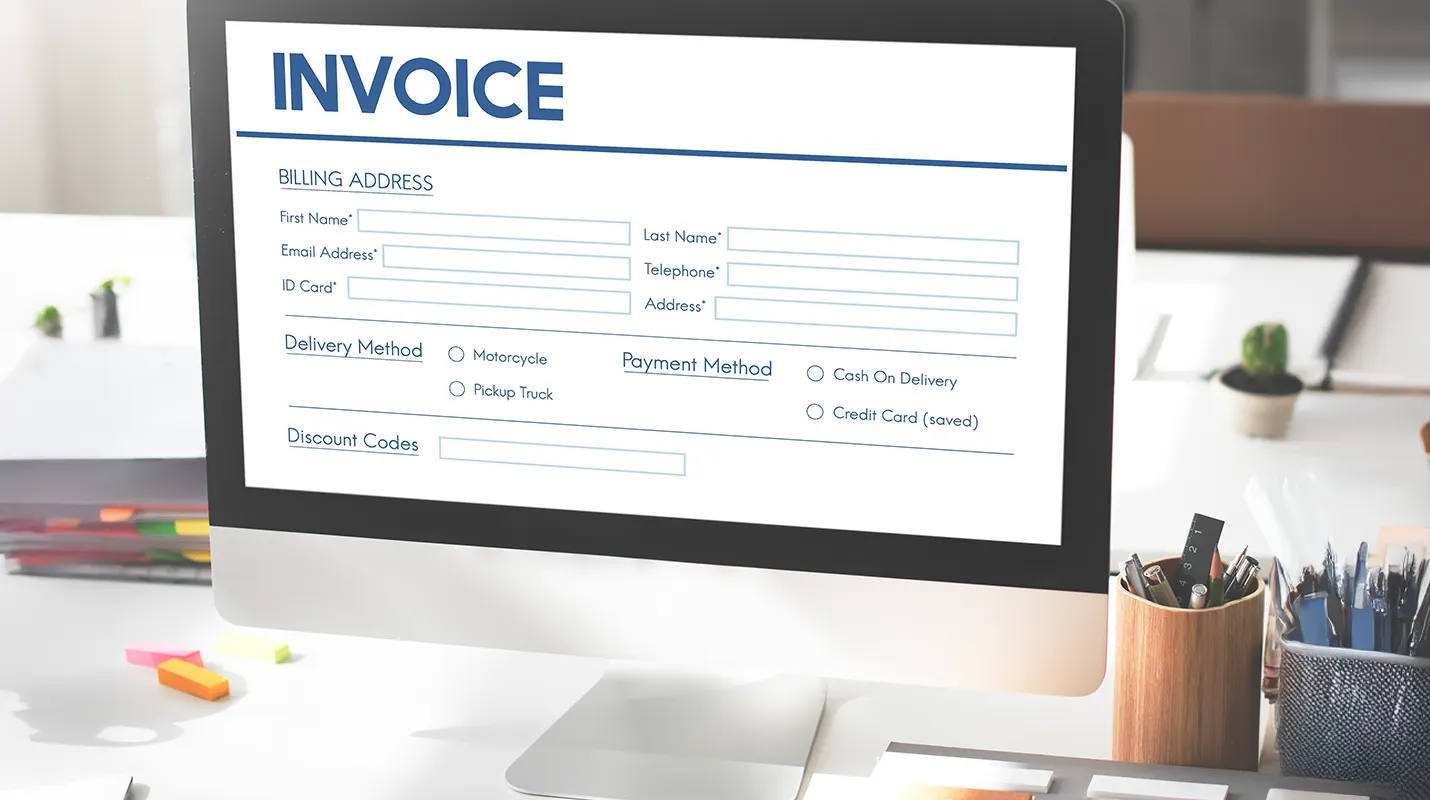Introduction to Automatic Payment Program (APP) in SAP:
SAP has an automated payment program (APP), a tool that is used to automate the payment process to vendors and manage outgoing payments. It automatically provides the process of paying and adapting the payment process by generating payment proposals, handling payment selection, and performing payment based on predetermined criteria.
The app ensures that payment is made immediately and correctly without the need for manual intervention. This process includes selecting open items (e.g. seller challans), proposing payment, and paying payment in an efficient manner. The SAP Automatic Payment Program is required for the payable accounts (AP) and can also be increased for other payments such as salary, tax, etc.
Core Functions of the SAP Automatic Payment Program:
- Selection of Open Items: The system selects the open vendor invoices or other liabilities based on defined selection criteria (e.g., due date, payment terms).
- Payment Proposal: After selecting the items, the APP generates a payment proposal, which is reviewed and approved by the finance team.
- Payment Execution: Once the proposal is confirmed, the actual payment is made, either through bank transfers, checks, or other payment methods.
- Payment Medium: The system generates a payment medium (e.g., electronic bank file or check printout) for the execution of the payment.
Configuration of SAP Automatic Payment Program (APP) in SAP
The installation of automated payment programs in SAP involves configuring various parameters related to payment methods, bank accounts, company code, and payment. Here is a step-by-step guide for the configuration process:
1. Define Payment Methods
Payment methods define how payment will be made (e.g. bank transfer, check, or direct debit). Various payment methods can be determined for various countries, company codes, and payment types.
Path: SPRO → Financial Accounting → Accounting Deed → Payment Transactions → Payment methods
Make ways of payment: You can create various payment methods such as bank transfer, check, or electronic fund transfer (EFT).
For each payment method, specify the processing options, such as it is for domestic or international payment.
Specify the bank account or payment medium and indicate whether the payment is manual or automatic.
Assign methods of payment for company code: Once made methods of payment, assign them to the company code, which tells SAP which payment methods are used for different company codes.
2. Define Bank Accounts
The next step is to configure the bank accounts where payments will be processed. The bank account is linked to the payment method and used for outgoing payments.
Path: SPRO → Financial Accounting → Bank Accounting → Master Data → Define House Banks
Create Bank Accounts: Define the house bank(s) for the company code, such as the bank’s name, account number, and branch.
You can specify multiple house banks if your company uses multiple banks.
Assign each payment method (e.g., check, wire transfer) to the relevant bank account.
3. Set Up Payment Program Parameters
Next, configure the parameters for the SAP Automatic Payment Program. These parameters define the rules for selecting and processing open items.
Path: SPRO → Financial Accounting → Accounts Payable → Payment Transactions → Automatic Payment Transactions → Define Parameters for Payment Run
4. Specify Payment Program Parameters:
Company Code: Specify the company codes that will be included in the payment run.
Payment Methods: Assign the payment methods (e.g., bank transfer, check) to be used during the payment run.
Payment Selection Criteria: Define the criteria for selecting open items for payment, such as due date, payment terms, and minimum amount.
Bank Selection: Define which bank accounts should be used for the payments, including house banks, bank key, and account type.
Payment Medium Format: Define the format in which the payment medium (e.g., bank file or check format) will be created.
5. Define Payment Terms
Payment terms define the conditions under which payments to vendors will be made (e.g., 30 days from invoice date, 2% discount if paid within 10 days).
Path: SPRO → Financial Accounting → Accounts Payable → Master Data → Define Payment Terms
Create Payment Terms: Set the due date rules, discounts, and tolerance for payments.
These terms will be applied automatically when processing open items for vendors in the APP.
6. Configure Payment Run
Once the configuration for payment methods, bank accounts, and parameters is completed, the next step is to set up the payment run itself. This involves defining how payments are executed.
Path: F110 (Transaction Code for Payment Run)
Execute Payment Proposal:
- In transaction F110, users can initiate the payment run.
- The system will first generate a payment proposal based on the selection criteria.
- The proposal can be reviewed and adjusted before confirming the payment.
Approve Payment Proposal:
- The proposal can be reviewed manually for accuracy. Users can make changes, such as excluding certain invoices or adjusting amounts.
- After review, the payment proposal can be approved and executed.
Generate Payment Medium:
- Once the payment proposal is confirmed, the APP generates the payment medium, which could be an electronic bank file, checks, or a list of payments.
- The payment medium is used to process the payments with the bank.
Post the Payment:
After the payments are executed, the system posts the payment documents in the accounting system and clears the open items.
7. Monitor Payment Runs
After setting up the Automatic Payment Program, SAP allows you to monitor the execution of payment runs and review the status of payments.
Transaction Codes for Monitoring:
- F111: Monitor the status of the automatic payment run.
- F110: Review of the history of previous payment runs.
Benefits of the Automatic Payment Program in SAP:
- Efficiency: Automates the payment process, saves time, and reduces the capacity for errors that can occur with manual payment handling.
- Better cash flow management: It ensures that payment is made on time and according to the conditions of payment, prevents overdue payment and potential late fees.
- Accuracy: Reduces human error using automatic processes to select open items, generate payment proposals, and execute payment.
- Audit Trail: Each payment in SAP makes a wide record of transactions, providing an audit trail for compliance and reconciliation purposes.
- Flexibility: According to various payment methods, formats and criteria, it can be adapted to specific needs of business and food for those countries in which it operates.
Key Differences in SAP Automatic Payment Program:
|
Feature |
ECC S/4HANA (On-premise) | ECC S/4HANA Cloud |
|
Customization |
Highly customizable, detailed setup | More standardized, limited customization |
| Configuration | Extensive configuration options via SPRO | Simplified setup through Fiori apps |
| Payment methods & Bank integration | Full flexibility for customer bank formats and payment methods | Standardized formats with predefined integrations |
| UI | SAP GUI with optional Fiori apps | Fully Fiori based, modern interface |
| Automation | Manual oversight, batch processes | High automation, real-time processing |
| Reporting & Analytics | Customizable reports, SAP BW | Real-time reporting with Fiori & Analytics cloud |
| Updates & Maintenance | Manual updates managed internally | Automatic updates and patches by SAP |
| Security & Compliance | Managed internally, flexible protocols | SAP-managed security and compliance standards |
Why Choose Mobolutions for Your SAP Automatic Payment Program Implementation?
At Mobolutions, we don’t just implement SAP solutions—we tailor them to your unique business needs. With a deep understanding of both ECC S/4HANA and S/4HANA Cloud environments, our team ensures your SAP Automatic Payment Program is configured for maximum efficiency, compliance, and performance. Here’s what sets us apart:
- Expertise Across Platforms: Whether you’re on ECC or S/4HANA Cloud, our consultants are well-versed in both on-premises and cloud setups.
- Tailored Configuration: We go beyond basic setups—customizing payment terms, bank formats, and workflows to align with your exact business model.
- Accelerated Deployment: With proven frameworks and accelerators, we reduce implementation timelines and get your APP running faster.
- Post-Go-Live Support: Our relationship doesn’t end at go-live. We provide continuous support and optimization services to keep your payment operations running smoothly.
- Industry Trust: Leading enterprises across industries trust Mobolutions to streamline their financial operations and stay ahead with automation.
Let Mobolutions be your trusted SAP partner for scalable, secure, and future-ready payment automation. Contact us: info@mobolutions.com
Conclusion:
The selection between ECC S4 Hana (on-premises) and S/4hana Cloud for your automated payment program depends on your business requirements. If you require extensive adaptation and control over the payment process, the on-premises version will probably suit you the best. However, if you are looking for a more streamlined, automated, and user-friendly experience with minimal maintenance overhead, the S/4 Hana Cloud provides an excellent solution.
Ultimately, businesses need to weigh factors such as automation, adaptation requirements, user experience and safety, while deciding which platform is best for management of their Automatic Payment Program.





